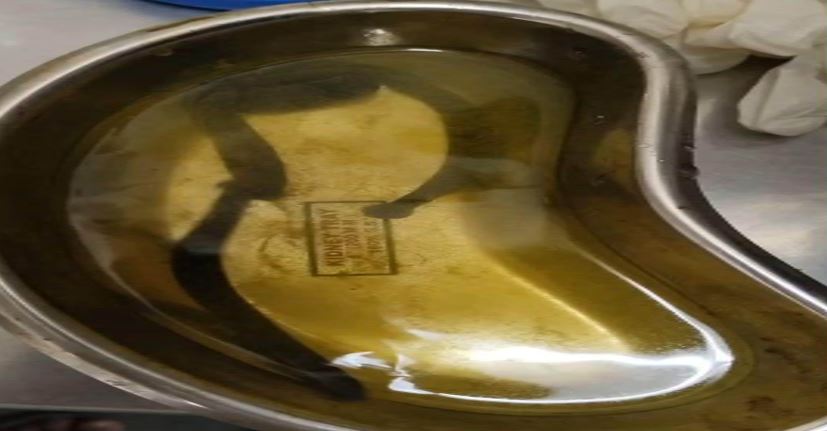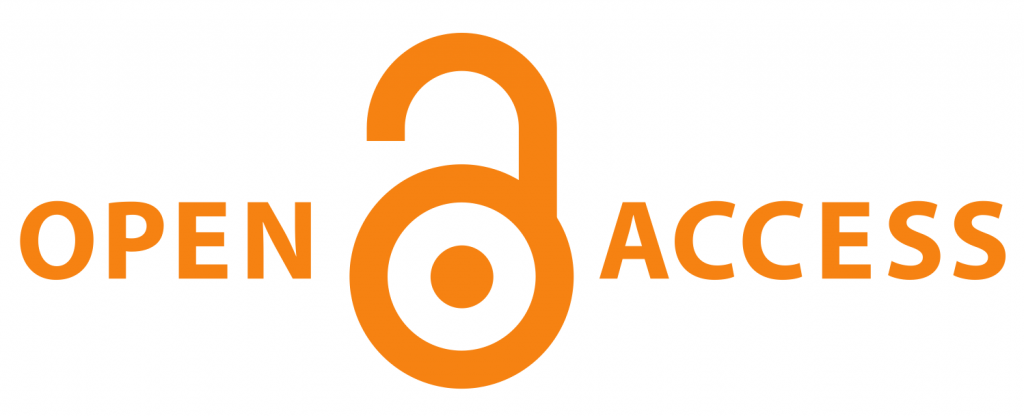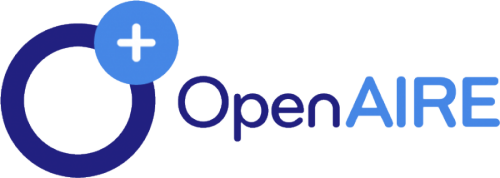Comparative clinical study to evaluate the efficacy of Jalaukavcharan and Standard Conservative Treatment in the pain management of Perianal Abscess - A Case Study
DOI:
https://doi.org/10.21760/jaims.10.9.40Keywords:
Ayurveda, Jalaukavacharan, pain, perianal abscess, apakva vidradhi, Raktamokshan, Leech TherapyAbstract
Background: A perianal abscess, also known as an anal or rectal abscess, is a common acute surgical condition characterized by a pus-filled cavity near the anal canal. Approximately 90% of cases are cryptoglandular in origin, caused by obstruction and infection of anal glands located within the intersphincteric space. Other etiologies include inflammatory bowel diseases. In Ayurvedic literature, Acharya Sushruta - revered as the Father of Indian Surgery - has described such abscesses under the broad category of Vidradhi. Jalaukavacharana (leech therapy), a form of Raktamokshana (bloodletting), is a unique Ayurvedic approach with potent anti-inflammatory, analgesic, thrombolytic, anticoagulant, vasodilatory, and circulation-enhancing properties, attributed to bioactive molecules in leech saliva. Acharya Vagbhata has advocated its use in inflammatory conditions like Vranashopha, a Raktapradoshaja Vyadhi characterized by localized swelling, discoloration, burning sensation, and pain. Materials and Methods: This is a comparative case study involving two patients: Standard Case: A 42-year-old male presented with severe throbbing pain in the perianal region, aggravated post-defecation, burning during defecation, inability to sit or sleep due to pain, and fever for two days. He was managed with conventional modern medical treatment. Experimental case: A 50-year-old male with similar complaints persisting for 5-6 days and fever for 3 days was treated using Ayurvedic principles, including Jalaukavacharana and internal medications. Results: Significant symptomatic relief was observed in the Ayurvedic case, including complete resolution of pain and associated symptoms. The outcome was superior in comparison to conservative modern treatment, which provided only partial relief over a period. Discussion: The successful outcome with Jalaukavacharana can be attributed to the synergistic effects of leech saliva, which contains bioactive compounds with anti-inflammatory, analgesic, and thrombolytic properties. Its role in improving local blood circulation and reducing localized inflammation likely contributed to rapid symptom resolution. Conclusion: Jalaukavacharana, when combined with internal Ayurvedic medications, provides a safe and effective alternative in the management of pain in perianal abscess. This case study demonstrates the potential of integrative Ayurvedic approaches in addressing inflammatory anorectal disorders.
Downloads
References
Whitlow CB. Perianal abscess and fistula-in-ano. Clin Colon Rectal Surg. 2009;22(2):102–9.
Sahnan K, Adegbola SO, Tozer PJ, et al. Perianal abscess. BMJ. 2017;356:j475.
Steele SR, Kumar R, Feingold DL, Rafferty JL. Practice parameters for the management of perianal abscess and fistula-in-ano. Dis Colon Rectum. 2011;54(12):1465–74.
Abcarian H. Anorectal infection: abscess–fistula. Clin Colon Rectal Surg. 2011;24(1):14–21.
Tetzlaff JE. Perianal abscess and anorectal fistula: complications, recurrence, and management. World J Gastroenterol. 2010;16(3):321–4.
Sushruta. Sushruta Samhita. Chikitsa Sthana. Chapter 17, Verses 29–34. In: Acharya JT, editor. Varanasi: Chaukhamba Orientalia; 2012.
Vagbhata. Ashtanga Hridaya. Sutra Sthana. Chapter 12, Verse 7. In: Paradkar H, editor. Varanasi: Chaukhamba Krishnadas Academy; 2015.
Sushruta. Sushruta Samhita. Sutra Sthana. Chapter 13, Verses 3–6. Varanasi: Chaukhamba Orientalia; 2012.
Mory RN, Mindell D, Bloom DA. The leech and the physician: biology, etymology, and medical practice with Hirudo medicinalis. World J Surg. 1998;22(5):475–80.
Baskova IP, Zavalova LL. Protein and peptide composition of the salivary gland secretion of medicinal leeches. Biochemistry (Mosc). 2001;66(7):703–14.
Bhavamishra. Bhavaprakasha Nighantu. Purva Khanda. Jalaukavacharana Vidhi. Varanasi: Chaukhamba Sanskrit Bhawan; 2009.
Sushruta. Sushruta Samhita. Nidana Sthana. Chapter 11, Verse 5 – Description of Vidradhi. Varanasi: Chaukhamba Orientalia.
Sushruta. Sushruta Samhita. Sutra Sthana. Chapter 13, Verse 9 – Indications of Jalaukavacharana. Varanasi: Chaukhamba Orientalia.
Vagbhata. Ashtanga Hridaya. Sutra Sthana – Tridoshic understanding of inflammation. Varanasi: Chaukhamba Krishnadas Academy.
Charaka. Charaka Samhita. Chikitsa Sthana. Chapter 12, Verse 102 – Importance of Raktamokshana in Pitta-Rakta conditions. Varanasi: Chaukhamba Sanskrit Pratishthan.
Sushruta. Sushruta Samhita. Chikitsa Sthana. Chapter 9 – Apakva vs. Pakva Vidradhi management. Varanasi: Chaukhamba Orientalia.
Singh AP. Leech therapy (Jalaukavacharana) in Ayurveda: a review. Int J Ayur Pharm Chem. 2017;7(1):110–6.
Kshirsagar NA, et al. Immunomodulatory and anti-inflammatory effects of medicinal leeches. J Ethnopharmacol. 2007;114(2):281–5.
Baskova IP, et al. Protein and peptide content of medicinal leech saliva. Biochemistry (Mosc). 2004;69(7):770–5.
Whitaker IS, et al. Leech therapy today: a review of the therapeutic applications of hirudotherapy. J R Soc Med. 2004;97(3):121–7.
Michalsen A, et al. Effectiveness of leech therapy in osteoarthritis: a randomized controlled trial. Ann Intern Med. 2003;139(9):724–30.
Hildebrandt JP, Lemke S. Small bite, large impact—saliva and salivary molecules in the medicinal leech, Hirudo medicinalis. Naturwissenschaften. 2011;98(12):995–1008.
Eldor A, et al. The role of the leech in medical therapeutics. Blood Rev. 1996;10(4):201–9.
Müller MM, et al. The role of hirudin in modulating coagulation and inflammation. Semin Thromb Hemost. 2004;30(5):517–25.
Salzet M. Anticoagulants and inhibitors of platelet aggregation derived from leeches. FEBS Lett. 2001;492(3):187–92.

Published
How to Cite
Issue
Section
License
Copyright (c) 2025 Vedika Bhoir, Damini Raut, Darshana Ishi

This work is licensed under a Creative Commons Attribution 4.0 International License.














